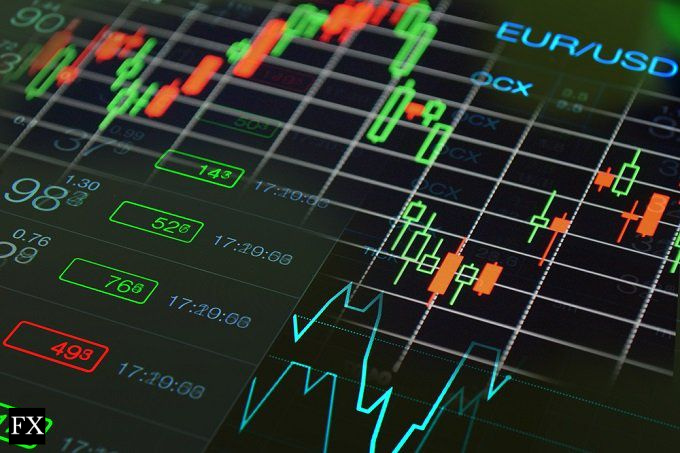The foreign exchange (forex) market is a whirlwind of activity, operating 24 hours a day, five days a week. However, the world doesn’t stop spinning just because the markets close for the weekend. News can break, events can unfold, and when the markets reopen, these factors often lead to a noticeable “gap” on the charts. This is particularly common when events like elections take place over the weekend or when unexpected global news emerges.
While these gaps might seem jarring initially, they often follow predictable patterns, presenting potential opportunities for savvy traders.
The Initial Gap and the Potential for Reversion
Trading resumes with the opening of the Sydney market very early on Monday, which often coincides with late Sunday in many other parts of the world. This period is characterized by low trading volume but high volatility.
The first question a trader should ask upon seeing a gap after the weekend is: “Is this gap justified?” This requires analyzing both technical indicators and fundamental factors. If the answer is no – perhaps the market is overreacting to weekend news or the move contradicts a longer-term trend – it could signal a potential trade.
The window for such a trade typically lasts around 3 to 4 hours. As the Tokyo market joins the fray, liquidity and trading volume increase. Gaps that are deemed unjustified often see a gradual closing as the market gravitates back towards the closing level before the weekend.
This “reversion to the mean” is a common phenomenon in forex, as the market typically returns to a prior equilibrium before charting a new course. With more liquidity, volume, and fresh news influencing price action, the currency pair then determines its next direction.
The Significance of Persistent Gaps
However, not all gaps close immediately. If a gap persists after the opening of the Tokyo session, it suggests that the weekend’s news was significant. A gap that aligns with an existing trend carries even greater weight, indicating a potential continuation of that trend.
Furthermore, if the gap is still open after the European trading session commences, this is an even stronger signal. Monday’s European session often sees high trading volume. A persistent gap at this point suggests a high probability that the currency pair will extend its trend in the direction of the gap.
Conclusion: Are You Trading Weekend Gaps?
Weekend gaps are a common occurrence in forex trading that, when understood, can offer valuable insights and opportunities. Do you analyze and trade these gaps in your forex strategy?
We hope you have enjoyed this article, for more articles like this, tips for improving your trading, be sure to check our education articles.
Want to trade forex? Here’s a list of forex brokers to check out plus analysis and predictions for major currencies.

